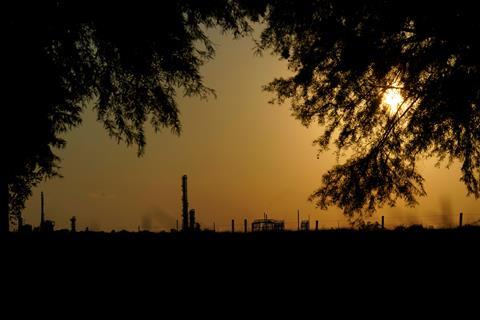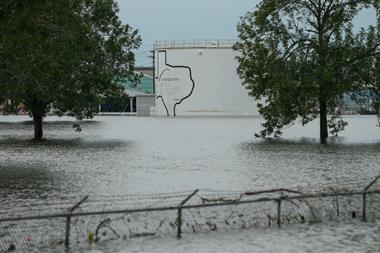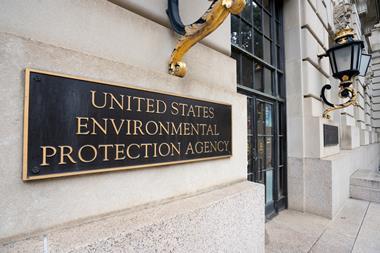The US Environmental Protection Agency (EPA) has finalised stricter clean air standards for chemical plants in the US. The new rule affects about 200 facilities across the country that make synthetic organic chemicals and various polymers and resins, including neoprene.
Once implemented, the EPA anticipates that the regulation will reduce ethylene oxide and chloroprene emissions from covered processes and equipment by nearly 80%. The rule also targets five other pollutants – benzene, 1,3-butadiene, ethylene dichloride and vinyl chloride.
‘By cutting emissions of these chemicals, the rule will reduce the risks of developing cancer from breathing in toxic air pollutants,’ the EPA said. ‘In addition, the rule will reduce smog-forming volatile organic compounds by 23,700 tons a year.’
The agency estimates that the measures, which become effective within two months, will reduce the number of people with elevated cancer risk by 96% in communities near facilities that emit chemicals like and chloroprene.
The rule includes fenceline monitoring requirements for covered processes and equipment that make, use, store or emit the chemicals in question. Facilities will have two years to set up relevant fenceline monitoring systems. However neoprene production sites, will have to begin fenceline monitoring of chloroprene emissions within 90 days.

The owners and operators of these plants will be required to find the source of all six pollutants and then make repairs if annual average air concentrations of the chemicals are above a specified action level at the fenceline.
However, industry bodies have criticised some aspects of the new regulation. The American Chemistry Council (ACC) released a statement saying that the rule ‘will have significant implications on the production of key chemistries such as ethylene oxide, which supports national priorities like electric vehicle battery development, domestic semiconductor manufacturing, and healthcare access’.
While the organisation says it is appreciative that the EPA has provided more time to comply with the rule’s fenceline monitoring requirements than was originally proposed, it remains concerned about several other aspects of the rule, including the agency’s use of what the ACC calls ‘a deeply flawed toxicity value’ for ethylene oxide as a benchmark.
In addition, Denka Performance Elastomer (DPE), a neoprene producer based in Louisiana told Chemistry World that it ‘vehemently opposes’ the new rule’s ‘drastic reduction of the compliance period’ for monitoring chloroprene emissions. The company warned that the 90-day deadline would force it to pause operations ’at tremendous expense and risk to its hundreds of dedicated employees’. DPE plans to pursue legal challenges to extend the compliance period and to challenge the rule.
Last year, the US Department of Justice sued DPE on behalf of the EPA, alleging that the company’s chloroprene releases from a neoprene rubber manufacturing facility in Louisiana presented an unacceptable cancer risk to the nearby community.

















No comments yet